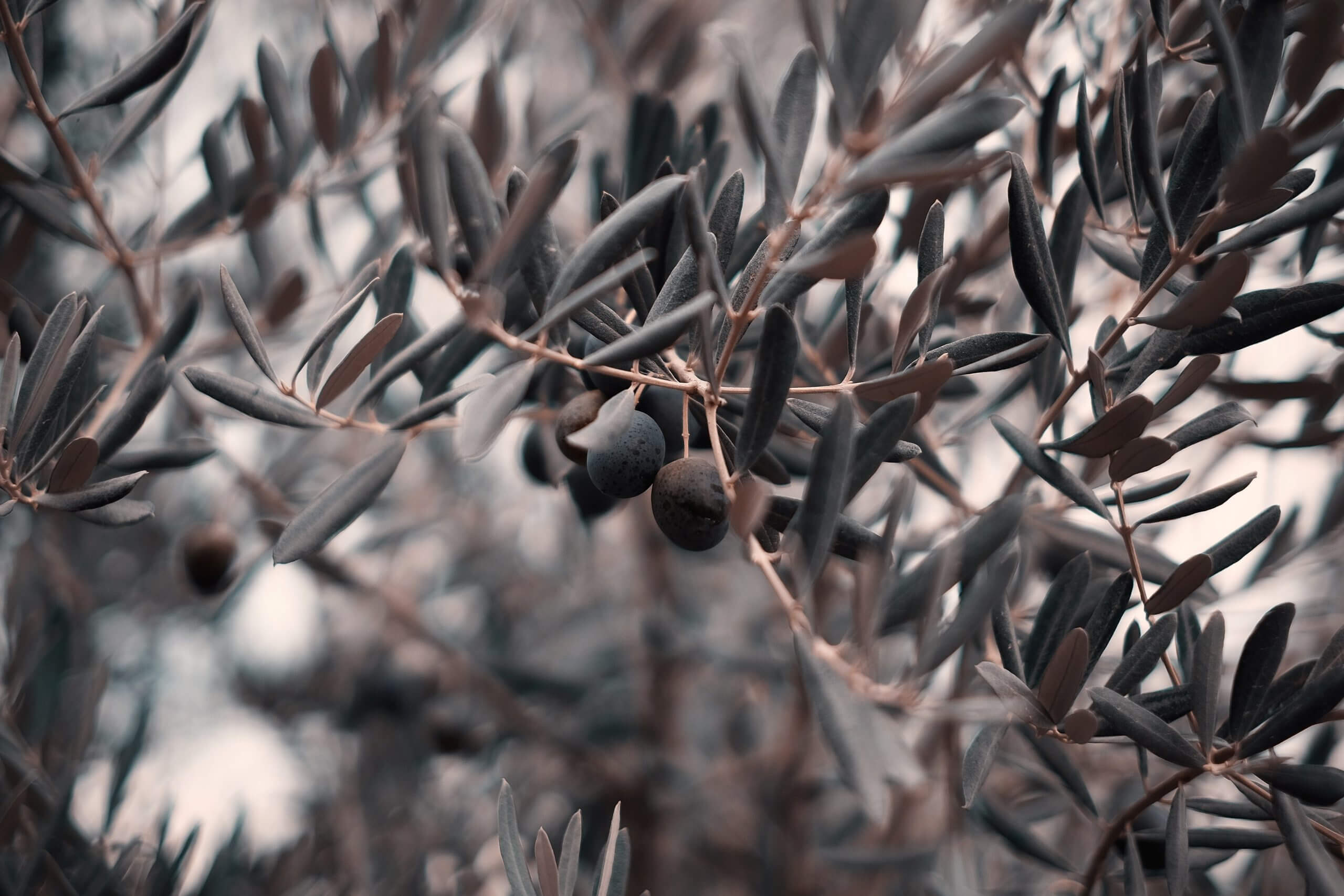The origins of the Picholine, Aglandau, Bouteillan and Négrette olive varieties

The four names of our monovarietal olive oils are the names of the varieties of olives from which they come. These four varieties are all from France.
Our fifth variety, Goût à l'ancienne is a blended olive oil, which means that it is made up of several varieties of olive; However, it is mainly composed of olives of the Picholine variety.
The Bouteillan
Bouteillan, whose name means “whose fruits are arranged in clusters” originates from Haut-Var; It is a variety of olive originating from Aups in Provence, today cultivated mainly in the departments of Var, Alpes-de-Haute-Provence, Alpes-Maritimes, Bouches-du-Rhône and Vaucluse.
La Bouteillan gives a pungent oil with aromas of grass, apple and pear.
L'Aglandau
Aglandau is the most widespread variety in the South of France. Rather rounded, this olive has the shape of an acorn, which gave it its name. This variety is particularly characterized by its pungency and bitterness. Aglandau represents more than 20% of French olive oil production, it is one of the most widespread varieties in France.
Aglandau gives a bitter, slightly spicy oil with aromas of artichoke.
The Picholine
Picholine, emblematic variety of Gard, owes its name to the Picholini brothers who invented, in the 18th century, a preparation allowing table olives to lose their bitterness. The fruits, which are smaller and more bitter, are picked later at the veraison stage (transition from green to purple). This variety is the most widespread in France. It is consumed as a table olive and is also used in the production of olive oil. Picholine is grown throughout the South of France, as far as Corsica.
La Picholine gives a pungent, slightly bitter oil with aromas of red fruits (plum)
The Negrette
La Négrette, known since the 18th century and from the Gard. It is a small black olive (from which it takes its name), one of the earliest varieties (the harvest begins in early November and ends in December). At 19rd Century, it was also referred to as the "early olive" or "early olive".
Négrette gives a sweet oil with aromas of hazelnut and almond, liquorice and vanilla with a slight peppery taste.
We hope you found this article interesting!
See you soon for a new article J
Myriam & David
